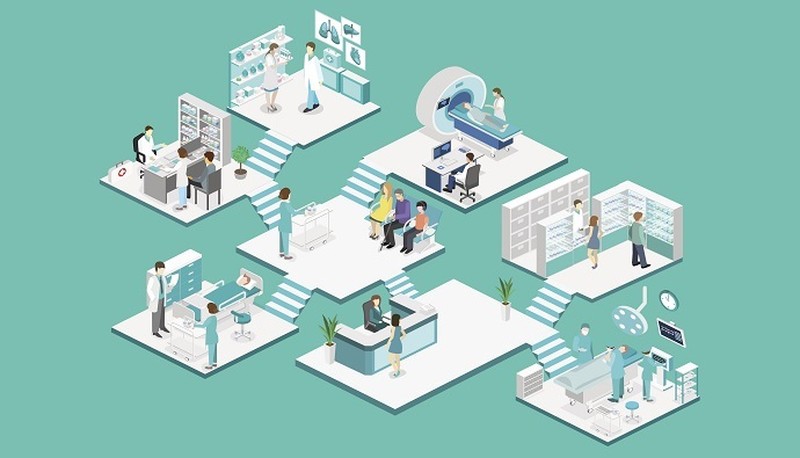
What are Examples of Hospital Acquired Conditions?
Hospital-acquired conditions (HACs) present a significant challenge for healthcare facilities. These often avoidable complications arise during hospital stays, affecting patient recovery and imposing financial burdens on institutions. Oversight bodies like the NHSN, NICE, and CDC closely track such infections to mitigate risks.
HCAIs affect roughly 300,000 individuals annually with an immense cost impact. Equipment contamination or intra-hospital transfers frequently cause these issues. This article discusses common HACs, including respiratory tract ailments like pneumonia, which impair lung functions by filling air sacs with harmful organisms and fluids.
Understanding Hospital-Acquired Infections
You must know about infections that can be caught in hospitals. Groups like the CDC and NHSN watch these. A key illness is lung infection or pneumonia. This happens when tiny air pockets in the lungs fill up with bugs and gunk, making breathing hard. It mainly hits those who stay long at a hospital or use breathing machines after surgery—often caused by tough germs like MRSA.
Surgery sites may also get infected—about one in twenty patients face this issue post-op, mostly due to common gut bacteria or sometimes stubborn staph germs.
Common Examples of Hospital-Acquired Conditions
Common hospital-acquired conditions include infections after surgery, like wound infections. Patients can also get pneumonia from ventilators or urinary tract infections from catheters. Falls in the hospital may lead to broken bones or head injuries.
Pressure ulcers, known as bedsores, happen when people spend too much time lying down without moving. Some people catch Clostridium difficile (C.diff), a tough bug that can cause severe diarrhea and other illnesses if not handled quickly and correctly. Blood clots can form during long bed stays; they pose big risks if they move to the lungs.
These issues add to the cost of care, which hospitals must often cover themselves because many insurance plans won’t pay for problems that didn’t have to happen. We must work hard each day on steps that keep patients safe while with us.
Impact of HACs on Hospital Revenue
Hospital Acquired Conditions (HACs) hurt your hospital’s money. CMS won’t pay for issues patients get during stays, like infections from surgery or central lines. If you’re in the lowest 25% for safety, expect a 1% cut in Medicare cash.
To avoid these:
- Have backup funds ready.
- Improve on those six metrics they check.
- Keep good records right when patients come in.
Doing these well can keep your finances safe and help patient care—which we all want! Hospital-acquired conditions, often preventable, include infections after surgery and patient falls. Pressure ulcers, or bedsores, can arise without proper care. Air embolisms prove rare yet serious when they occur.
Poorly managed blood sugar levels for diabetic patients may also lead to complications. Another example is urinary tract infections from long-term catheter use, again stressing the need for diligent hospital practices. As the financial steward of your hospital, you understand that preventing these incidents not only safeguards patient health but also secures the fiscal wellness of our hospitals. For more tips, visit brundagegroup.com.



